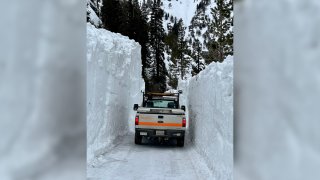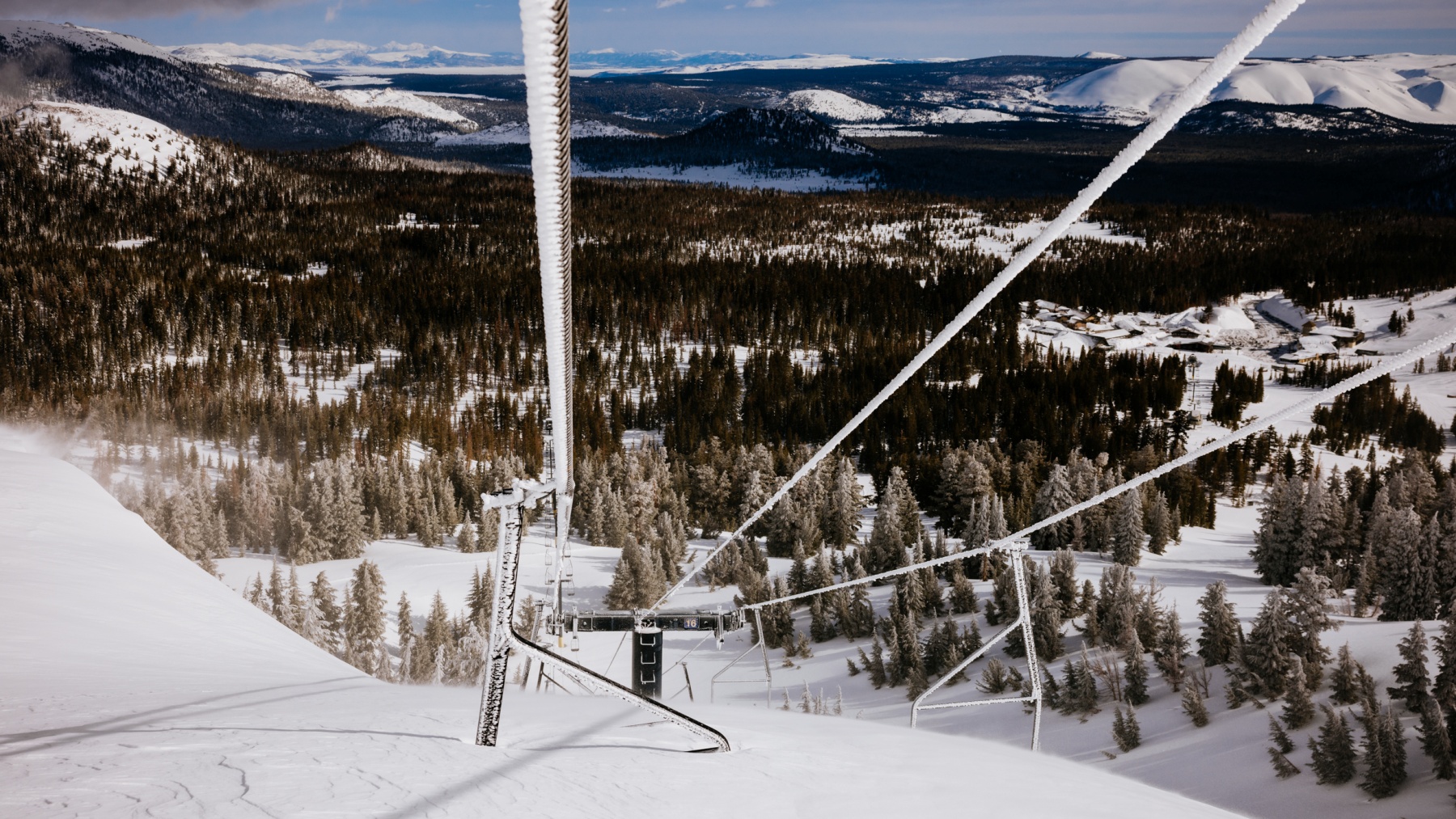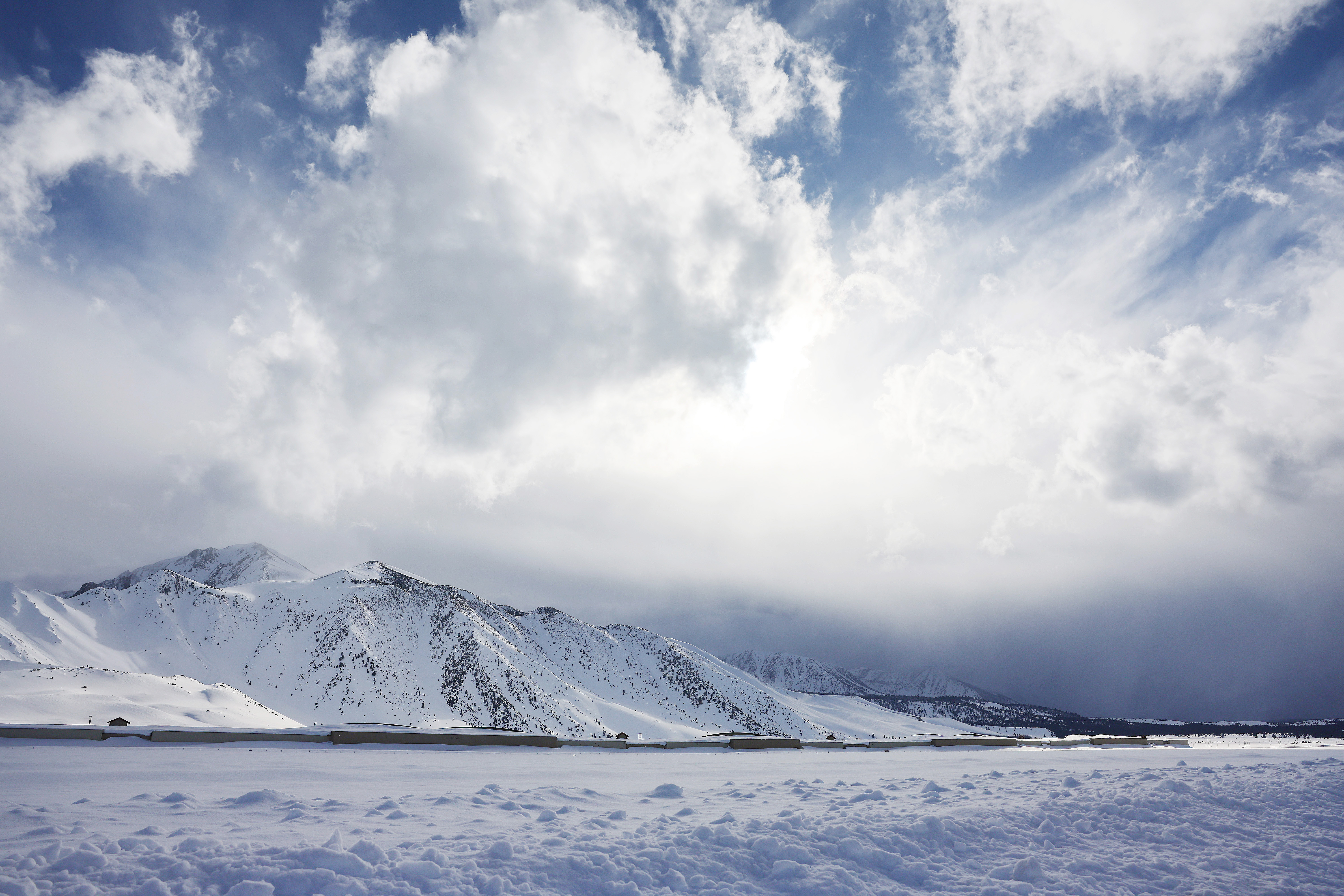
This snow season in the Sierra Nevada has been one for the record books.
As of Monday morning at the UC Berkeley Central Sierra Snow Lab, 677 inches – nearly 56-and-a-half feet – of snow had fallen since Oct. 1, making this the second snowiest season in the nearly 80-year history of the lab.
The snowiest season on record is 1952 when 812 inches of snow came down at the lab, which is located at an elevation of 6,894 feet near Donner Pass.
Since December, a parade of atmospheric storms have dumped so much snow on the Sierra that Tahoe ski resorts have been forced to shut down multiple times.
The final day of the Nevada high school state skiing championships was canceled. Roofs collapsed under the weight of snow and schools shuttered for days. Interstate 80 closed several times between Reno and Sacramento.
“It started early and it seems to just keep going,” said Eric Sage, 45, of Sparks, who shoveled his way through many big winters growing up in Truckee but doesn’t remember one like this. “Stacked up, big storm after big storm after big storm — wham, wham, wham.”
The official record book keeper is the Central Sierra Snow Lab, founded in 1946 in Soda Springs, northwest of Lake Tahoe.
“We’ve seen bigger storms in other years and years with higher snow water equivalent totals ... but the relentlessness of this season is likely what makes it most unique,” said Andrew Schwartz, the lab’s manager and lead scientist.
Get a weekly recap of the latest San Francisco Bay Area housing news. >Sign up for NBC Bay Area’s Housing Deconstructed newsletter.
More snow is forecast over the next 10 days, but nobody knows what the spring will bring.
“Historically, some of our big seasons have continued to be active right on through the end of spring,” said Tim Bardsley, the senior hydrologist for the National Weather Service in Reno.
The official winter season coincides with the water year, beginning Oct. 1 and ending the following Sept. 30. Sometimes snow continues falling in the Sierra well into June.
For this winter to overtake the record in 1951-52, another 135 inches would have to fall — unlikely, but not out of the question.
“There’s basically nothing that would indicate just because we’ve been this active, we would then transition the other direction,” Bardsley said. “I’d almost say the opposite is more likely to be true.”
Several of the snowiest winters logged at least one-fourth of their season total after March 15. What’s now the fourth-snowiest winter in 2010-11 received 225 inches of its 643 total inches — or 35% — post-March 15.



